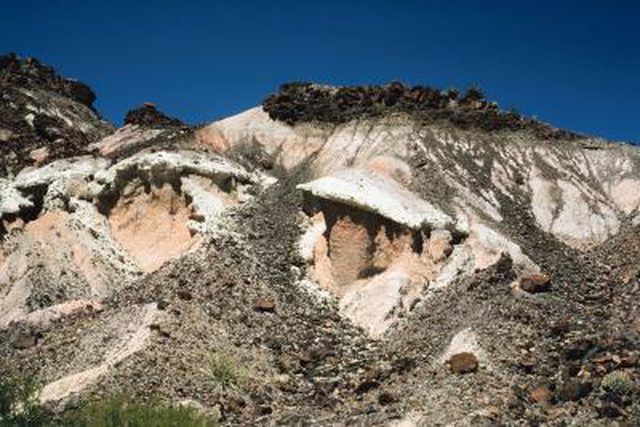Bulbs
Flower Basics
Flower Beds & Specialty Gardens
Flower Garden
Garden Furniture
Garden Gnomes
Garden Seeds
Garden Sheds
Garden Statues
Garden Tools & Supplies
Gardening Basics
Green & Organic
Groundcovers & Vines
Growing Annuals
Growing Basil
Growing Beans
Growing Berries
Growing Blueberries
Growing Cactus
Growing Corn
Growing Cotton
Growing Edibles
Growing Flowers
Growing Garlic
Growing Grapes
Growing Grass
Growing Herbs
Growing Jasmine
Growing Mint
Growing Mushrooms
Orchids
Growing Peanuts
Growing Perennials
Growing Plants
Growing Rosemary
Growing Roses
Growing Strawberries
Growing Sunflowers
Growing Thyme
Growing Tomatoes
Growing Tulips
Growing Vegetables
Herb Basics
Herb Garden
Indoor Growing
Landscaping Basics
Landscaping Patios
Landscaping Plants
Landscaping Shrubs
Landscaping Trees
Landscaping Walks & Pathways
Lawn Basics
Lawn Maintenance
Lawn Mowers
Lawn Ornaments
Lawn Planting
Lawn Tools
Outdoor Growing
Overall Landscape Planning
Pests, Weeds & Problems
Plant Basics
Rock Garden
Rose Garden
Shrubs
Soil
Specialty Gardens
Trees
Vegetable Garden
Yard Maintenance
How to Grow a Texas Mountain Laurel Tree
How to Grow a Texas Mountain Laurel Tree. Grown for its fragrant, lavender blue spring flowers and glossy, dark green foliage, Texas mountain laurel (Sophora secundiflora) is small evergreen tree native to central Texas, New Mexico and Mexico. Also called mescal bean, frigolito and colorin this multi-trunked tree is hardy in U.S. Department of...

Grown for its fragrant, lavender blue spring flowers and glossy, dark green foliage, Texas mountain laurel (Sophora secundiflora) is small evergreen tree native to central Texas, New Mexico and Mexico. Also called mescal bean, frigolito and colorin this multi-trunked tree is hardy in U.S. Department of Agriculture plant hardiness zones 7B through 10A. Its shiny, deep red berries are encased in black seed pods and are very poisonous so Texas mountain laurel should never be grown where children play, and the berries should be raked up after they fall. Growing 15 to 20 feet tall and 10 to 12 feet wide, this slow-growing tree requires little maintenance in favorable growing conditions.
Things You'll Need
12-4-8 fertilizer
Bacillus thuringiensis var. kurstaki (Bt) insecticide
Gloves
Long-sleeved shirt
Long pants
22.5 percent carbaryl insecticide
Rubbing alcohol
Pruning shears
Grow Texas mountain laurel in full sun or partial shade in neutral to alkaline, well-drained soil. This tree thrives in rocky, limestone soil but does not grow well in compacted soil. Young trees benefit from afternoon shade in hot climates.
Space Texas mountain laurel saplings 10 to 12 feet apart, and water regularly during the first year so that the soil is constantly moist but never sodden. Texas mountain laurel has high drought tolerance when established.
Fertilize Texas mountain laurel if it shows signs of poor growth, or develops small, pale leaves. Apply a slow-release, ready-to-use, granular 12-4-8 fertilizer, spreading it at a rate of 4 tablespoons per 4 square feet within the tree's dripline, or according to the manufacturer's instructions. Avoid piling fertilizer against the tree's trunks. Reapply every three months during the growing season.
Examine young Texas mountain laurel during the growing season for signs of Genista moths, such as overlapping clusters of cream-colored eggs, loose silk webbing around the leaves and green caterpillars with black and white spots running down each side. Pick off light infestations or blast them off with a high pressure spray from a garden hose. Spray heavy infestations of caterpillars less than 1/2 inch long with a Bacillus thuringiensis var. kurstaki (Bt) insecticide diluted at a rate of 2 fluid ounces per 3 gallons of water, or according to the manufacturer's instructions. Spray caterpillars longer than 1/2 inch with a 22.5 percent carbaryl insecticide diluted at a rate of 1 1/2 fluid ounces per gallon of water, or according to the manufacturer's instructions. Put on gloves, a long-sleeved shirt and long pants before spraying.
Sterilize pruning shears by wiping the blades with rubbing alcohol, and prune Texas mountain laurel in winter or early spring before new growth appears. Remove dead, damaged or diseased stems, crossing stems and stems that spoil the overall shape of the tree. Sterilize the pruning shears again after use.
Tips & Warnings
Texas mountain laurel suffers from few serious pests or diseases other than Genista moth.